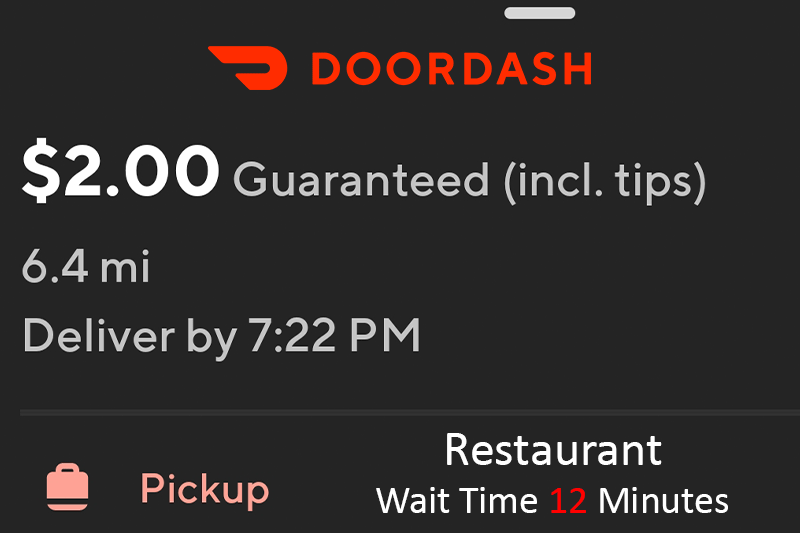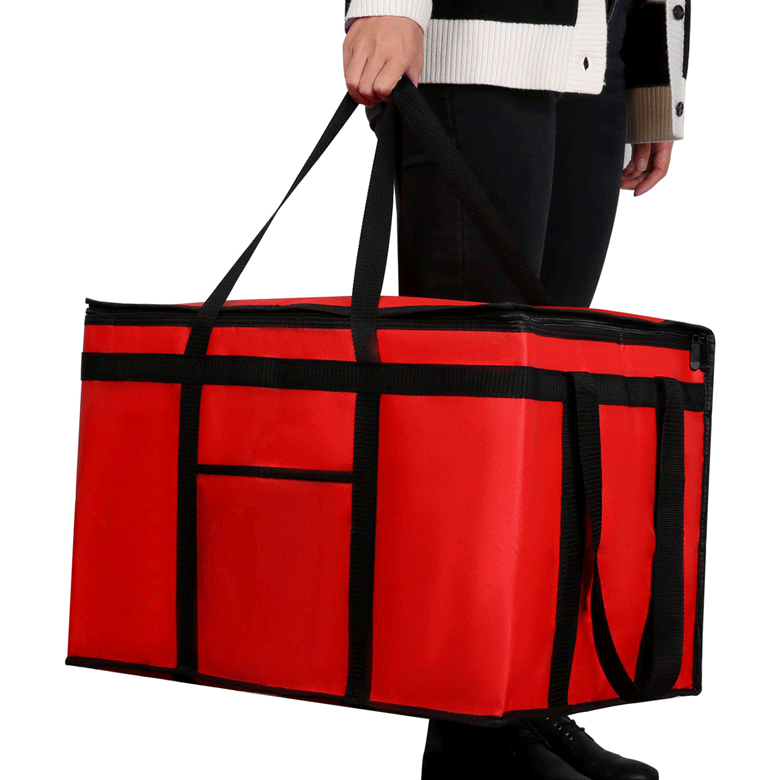How Much DoorDash Drivers Make: Unmasking the Reality
In the era of the gig economy, the prospect of earning extra money on your own schedule is enticing. However, it’s crucial to look beyond the surface when considering a job as a DoorDash driver. While flexibility and independence are appealing, the reality of the pay and expenses may paint a different picture. It costs drivers about $1.25 per mile just to break even when delivering DoorDash Orders. You should never Start your Vehicle for less than $5 dollars. You should also aim to make at least $2.50 per mile so that you can earn a decent profit.
Door Dash Pay: The Promise vs. The Reality

DoorDash advertises that drivers can earn $25 per hour and even more in cities like NYC. This sounds promising until you dive deeper into what these figures actually are. The earnings include both the base pay – which is supposedly from $2 to $10 per delivery depending on factors like distance and time – and customer tips. After doing some research I found that base pay actually starts at $1 dollar per delivery when dashers accept batched deliveries. You can find yourself only making $3 dollars an hour after you account for gas, car maintenance, insurance, taxes, etc.
The Base Pay Promise
One of the fundamental promises DoorDash makes to its drivers is offering a base contribution for each order, which is usually $2 Dollars per order. This base pay is supposed to be determined by several elements such as the distance of the delivery, the time it takes, and the complexity of the order. No one really knows because Doordash does not provide a chart or table for drivers to see. You can wait 1hr at a restaurant for the customer’s food and the base pay will never change. Every Dasher starts with this base pay as the foundation of their earnings for each delivery they make.
Pay By Hour
The Pay by hour option should never be used by anyone driving their own vehicle and paying for their own fuel. The Pay By Hour may benefit someone who door dashes using a bike or electronic scooter. The Pay by Hour option offers a set rate such as $16 dollars an hour active time or even $29 dollars an hour active time in cities like NYC.
These orders are most likely the non-tip orders other drivers have been declining. You need to know that this option only pays you when you are actively picking up and delivering an order. So if you are waiting idly to accept an order then you are not being paid for that time. These orders could also be high-mileage orders so you could be essentially losing money in the long run just to deliver doordash orders.
The Doordash Tip Assurance
DoorDash faced considerable criticism over its tipping policy, where they would take part of doordash drivers’ tips, which led to an outcry from drivers who felt short-changed. In response to this, DoorDash reassured its drivers that they would receive 100% of their tips. The company revamped its compensation formula, ensuring that Dasher earnings would include any tip a customer added through the DoorDash app.
How Much Doordash Drivers Make Before Tips
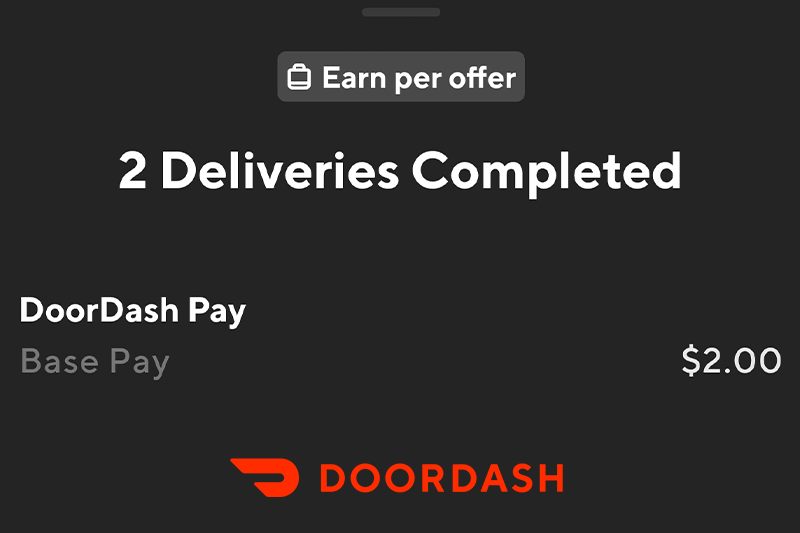
Despite these promises, some Dashers have expressed dissatisfaction with DoorDash’s pay structure. Even with the guaranteed minimum of $1 dollar per delivery plus 100% of customer tips, many drivers feel that the base pay is not high enough. If doordash drivers accept batched orders they drop the base pay as low as $1 dollar per delivery for the additional order. Some Dashers have reported earning around $3 per hour after taking into account their expenses such as gas and vehicle maintenance. There are a lot of customers that do not tip. Some customers may even tip drivers as low as 1 penny.
The Final Takeaway
While DoorDash offers incentives for good performance or completing numerous orders quickly and efficiently, the reality is that after accounting for expenses, many drivers find their net earnings to be less than expected. The effectiveness of DoorDash’s promises will ultimately depend on their execution and how they impact the real-world earnings of Dashers. As a Dasher, it’s essential to understand these pay promises and realities to make an informed decision about working with DoorDash.
What Is A Good Rate Per Mile For DoorDash Drivers
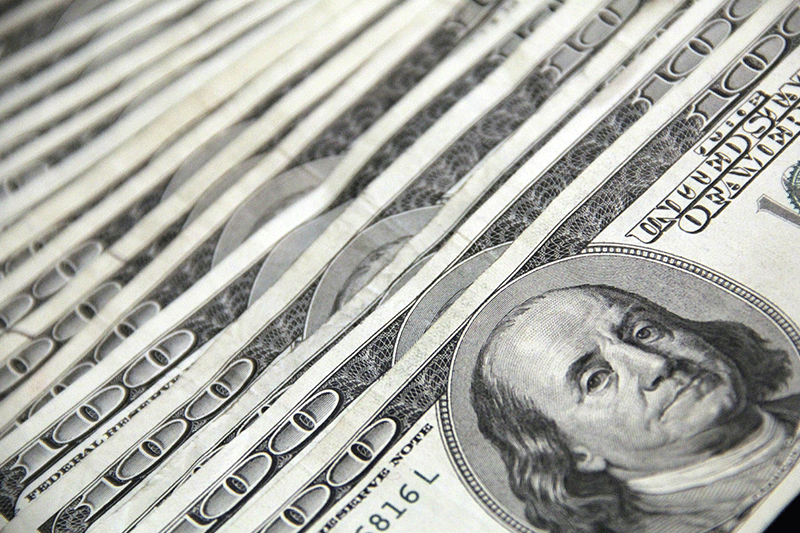
DoorDash does not deliver customers’ orders. The drivers deliver DoorDash orders and use their own vehicles, uniforms, etc. The minimum base pay per order should be at least $5 dollars and an additional $2.50 per mile for drivers to be compensated fairly. From what I have seen at least 97% of the orders from DoorDash are no good for someone using their own car. I personally wouldn’t even drive by a restaurant and honk my horn for $2 dollars, let alone walk into a restaurant and wait on the order and then deliver it to an address 5 miles away lol.
Currently, DoorDash uses customers’ tips to compensate for the lack of base pay. This is the only way a driver would continue to drive for DoorDash. Let’s say an order comes in for $7 dollars to deliver food that is 7 miles away. The bay pay is $2 dollars, and the customer tipped $5 dollars. There is nothing wrong with a $5 dollar customer tip. The problem is the order is $7 dollars for 7 miles. The driver’s cost to deliver this order is $1.25 per mile. The driver will lose money delivering this order in the long run after calculating fuel, insurance, car repairs, and more.
With the way DoorDash is set up, the customer will need to Tip $13 dollars to make this order worth it for the driver to deliver this order. A lot of drivers have no real business sense and are not calculating their real cost to deliver the order so they accept it. That is why there is a high turnover rate for drivers delivering on the platform.
DoorDash Driver Driver Expenses
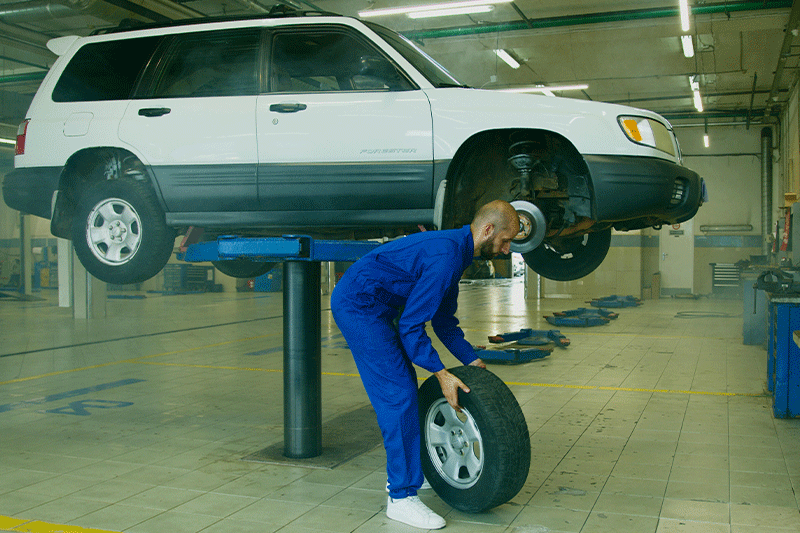
DoorDash, a food delivery platform, has gained significant popularity in recent years. Many individuals are drawn to the flexibility and potential earnings that come with being a DoorDash driver. However, beyond the allure of making money on your own schedule, there are some hidden costs that you should be aware of if you’re considering becoming a DoorDash driver.
Your Minimum expenses to Deliver an Order is $1.25 cents a mile if you combine fuel, taxes, vehicle expenses, insurance, vehicle depreciation, and more. That means if you accepted an order for $2 dollars for 2 miles you would actually lose money. The More miles you add the more you would lose because you also have to drive back to your starting point. Accepting $10 dollars for 10 Miles would result in even more of a loss.
You would not see this loss of revenue right away. You will see your loss further down the line when you start paying for random things such as tire blowouts, parking tickets, speeding tickets, and more. You also need to factor in regular car maintenance that you will do more frequently since you are driving more frequently such as new tires, frequent oil changes, fuel, brake pads, fluid flushes, and more. You will need to pay for Commercial Auto Insurance also.
Don’t forget about vehicle depreciation. Every mile that you put on your car the less value you will receive when it comes time to sell it. You also can’t forget that the more you drive your vehicle the higher the stakes that you will also be involved in some type of auto accident. So you will also need to factor in the deductables.
DoorDash practices may not be ethical but are smart. They outsource their orders to “independent contractors” which are the drivers to take on all the vehicle expenses. That’s what a smart business does. Why do the work yourself if you can find someone to do it basically for free, in this case, the drivers are taking orders at a loss because they don’t understand business.
I was recently reading a subreddit where drivers were saying they were not taking just any orders. One driver said that he would only accept orders that were paying at least $2 dollars a mile. That driver is actually making a profit. The downside is he is also losing money if you factor in the time he will spend waiting to accept an order that will pay that much.
I also saw other drivers asking him why would he wait around trying to get $2 dollars a mile. Another bragged that he could take every order available and make $20 dollars an hour. He said he could make $20 dollars an hour and in 5hrs have made $100 dollars.
This person has no business sense. I don’t understand how he does not see that if he is making $20 dollars an hour but it is costing him $30 dollars an hour to achieve this. This is because he does not see it coming out of his account right now. He is thinking about today and not tomorrow. It seems the majority of the DoorDash Drivers think for today and not tomorrow because that is the only way DoorDash $2 dollar orders are actually being delivered.
DoorDash Driver Pays For Vehicle Expenses
One of the largest hidden costs associated with being a DoorDash driver is vehicle expenses. These costs can be divided into several categories:
- Fuel: The more deliveries you make, the more gas you’ll need. And with fluctuating gas prices, this cost can quickly add up.
- Maintenance and Repairs: Regular use of your vehicle for deliveries means more wear and tear. This can lead to increased maintenance needs and potential repairs.
- Insurance: Using your car for business purposes may require you to upgrade your insurance policy, which could increase your premiums.
- Depreciation: The more miles you put on your vehicle, the faster its value depreciates. This is a cost often overlooked but it’s important to consider, especially if you plan to sell your vehicle in the future.
Out-of-Pocket Fuel Cost for DoorDash Drivers
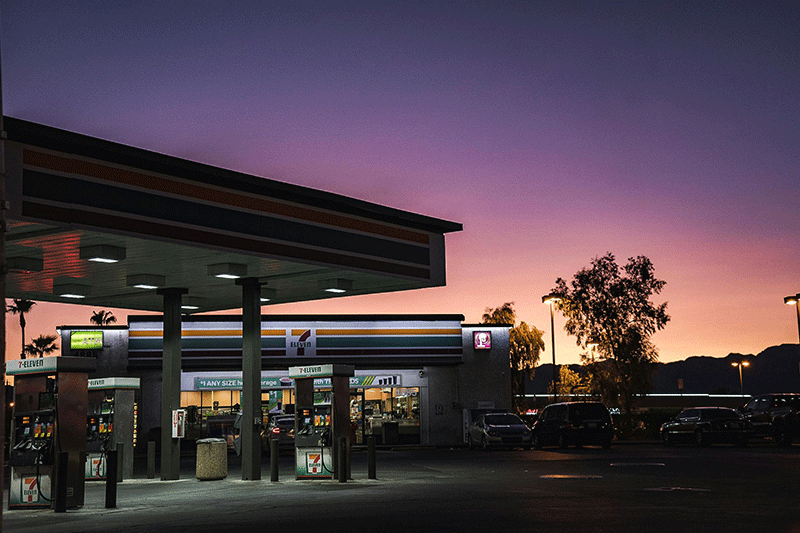
Fuel expenses are a significant out-of-pocket cost for DoorDash drivers. As an independent contractor, it’s your responsibility to cover all expenses related to your vehicle, including gas. This means that as gas prices rise, so does the cost of doing business.
While the exact amount spent on gas can vary depending on factors like the fuel efficiency of the vehicle and the distance of deliveries, some drivers report spending approximately $.26 per mile or more on gas alone. When you consider the number of miles driven in a typical shift, these costs can quickly add up.
It’s important to note that while DoorDash provides a base pay for each order, which typically is about $2 Dollars, this does not account for gas costs. Therefore, drivers must carefully choose orders with mileage that will offset their gas costs. Accepting only those orders that pay out $2.50 per mile or more has become a strategy for some drivers to ensure they’re adequately covering their fuel expenses.
The challenge of high fuel costs is further compounded by the fact that DoorDash does not directly cover gas or other car expenses for its drivers. However, there are ways for drivers to mitigate these costs. For example, DoorDash drivers, like other self-employed individuals, can deduct non-commuting business mileage from their taxes. This includes miles driven to pick up and drop off deliveries.
Moreover, drivers have the option to write off all related expenses assuming the car is used exclusively for DoorDash, or they can write off mileage. As a rule of thumb, if a driver chooses to write off gas, they cannot also write off mileage. It’s essential for drivers to keep detailed records of their expenses and consult with a tax professional to ensure they’re taking full advantage of available deductions.
While delivering for DoorDash can provide a flexible source of income, it’s crucial for drivers to consider the impact of out-of-pocket fuel costs on their potential earnings. By understanding these expenses, making informed decisions about the orders they accept, and taking advantage of tax deductions, drivers can better manage the financial challenges of this gig economy job.
The Wear and Tear on Your Vehicle as a DoorDash Driver
Being a DoorDash driver can certainly bring in extra income, but it’s crucial to consider the impact on your vehicle. The consistent use of your car for deliveries can lead to increased wear and tear affecting various components. Here, we will explore some of the common and often overlooked aspects of vehicle wear and tear that DoorDash drivers may encounter.
Commonly Affected Parts
Tires: Constant driving accelerates the wear on your tires. Regular tire rotations and balance checks can help, but eventually, they’ll need to be replaced.
Brake Pads and Rotors: Frequent stops are part of delivery driving, which puts strain on your brake pads and rotors, leading to quicker degradation.
Oil Changes: More miles mean more frequent oil changes. Keeping your engine well-lubricated is essential for its longevity.
Headlights and Windshield Wiper Blades: These parts often don’t last as long with heavy usage, especially if you’re doing a lot of night driving or working in inclement weather.
Air Filters: Dust and debris build up faster when you’re on the road more often, requiring more frequent air filter replacements.
Less Thought-About Wear and Tear
Fuel Pumps and Fan Belts: These crucial components can wear out faster with the increased usage associated with delivery driving.
Air Conditioning Work: More time on the road means more time using the AC, which can lead to faster wear and potential repair needs.
Shocks, Struts, and Ball Joints: These parts bear the brunt of bumps and potholes and can wear down faster with increased driving.
Driver Seat Wear: The simple act of getting in and out of your car multiple times a day can cause increased wear on your driver’s seat.
Sensors: Sensors like oxygen sensors, cam sensors, and throttle position sensors can be affected by increased vehicle usage.
Body Damage: Increased time on the road and parking in various locations can lead to rock chips, paint scratches, and dings.
Heated Seat Elements: If your car has heated seats, the elements can wear out more quickly with frequent use.
Exhaust System: Increased driving can lead to issues such as broken exhaust welds and worn-out catalytic converters.
While driving for DoorDash can be a lucrative side gig or even a full-time job, it’s important to account for the real cost of vehicle wear and tear. By understanding these potential expenses, you can better prepare and budget for them, ensuring that your earnings as a DoorDash driver aren’t significantly offset by unexpected repair costs.
Understanding Auto Insurance for DoorDash Drivers
Auto insurance is a necessary expense for DoorDash drivers. As independent contractors, they are required to maintain personal auto insurance. However, personal auto insurance policies do not typically cover accidents that occur while the vehicle is being used for commercial purposes, such as delivering for DoorDash.
DoorDash’s Auto Insurance Policy
DoorDash provides its drivers with third-party auto liability insurance coverage. This policy becomes active when the driver is in the process of making a delivery, from the moment an order is accepted in the app until the order is delivered. This coverage includes up to $1,000,000 for bodily injury and/or property damage to third parties.
However, this policy comes with significant limitations. Firstly, there is a high deductible that the driver must pay before the insurance coverage applies. The high deductible can make the policy less beneficial for drivers, especially those who do not frequently encounter accidents or mishaps while delivering.
Secondly, DoorDash’s insurance does not cover damages to the driver’s own vehicle. If an accident occurs while on a delivery and the driver’s car is damaged, DoorDash’s insurance will not cover the repair costs.
Personal Auto Insurance Limitations
Personal auto insurance policies generally exclude coverage for commercial use of a vehicle. This means that if you’re driving for DoorDash at the time of an accident, your personal auto insurance policy likely won’t cover the costs because you were operating your vehicle while doing commercial work.
The Need for Commercial Auto Insurance
Given the gaps in coverage from both personal auto insurance and DoorDash’s provided insurance, drivers may need to consider obtaining additional coverage through a commercial auto insurance policy. Consider using an insurance company such as Progressive Insurance.
A commercial auto insurance policy can provide coverage in situations where your personal policy ends and DoorDash’s coverage begins. Furthermore, it can offer coverage beyond what DoorDash’s policy provides once an order is accepted. It’s designed to cover the driver’s vehicle if an accident occurs while they’re logged into the DoorDash app but haven’t yet accepted an order.
While auto insurance is a necessary expense for DoorDash drivers, it’s crucial to understand the limitations of both personal and DoorDash-provided policies. To ensure full coverage, drivers may need to consider purchasing additional commercial coverage.
Understanding Vehicle Depreciation for DoorDash Drivers
Vehicle depreciation is a significant factor that DoorDash drivers need to consider. As drivers use their personal vehicles for deliveries, the continuous wear and tear accelerates the rate of depreciation.
The Cost of Vehicle Depreciation
On average, it’s estimated that driving for DoorDash can lead to vehicle depreciation at a rate of approximately 57.5 cents per mile. This means, for instance, if a driver covers a distance of 10 miles for a delivery that earns them $20, the actual earnings after accounting for depreciation would be around $14.25.
This depreciation rate takes into account not just the wear and tear from the additional mileage, but also the potential reduction in resale value due to the extensive use of the vehicle for commercial purposes. According to estimates by AAA, you can expect depreciation to result in around a $3,600 loss in value each year over a five-year period for a vehicle used for DoorDash deliveries.
Tax Deductions for Vehicle Depreciation
The good news is that DoorDash drivers, as self-employed individuals, can deduct certain car expenses, including depreciation, on their taxes. The Standard Mileage Rate, for example, allows drivers to deduct a set amount for each mile driven for business purposes, which includes an allowance for depreciation.
Alternatively, drivers can choose to claim actual car costs, which would include direct expenses like gas and maintenance, as well as depreciation. However, it’s important to note that drivers must choose one method or the other – they cannot claim both the standard mileage rate and actual car costs.
Mitigating the Impact of Depreciation
While vehicle depreciation is an inevitable part of driving for DoorDash, there are ways to mitigate its impact. Regular maintenance can help extend the lifespan of a vehicle and maintain its value. Additionally, drivers can choose to drive fuel-efficient vehicles that tend to have lower depreciation rates.
While vehicle depreciation is a substantial cost for DoorDash drivers, understanding how it works and how to account for it can help drivers manage this expense.
Tax Responsibilities of DoorDash Drivers
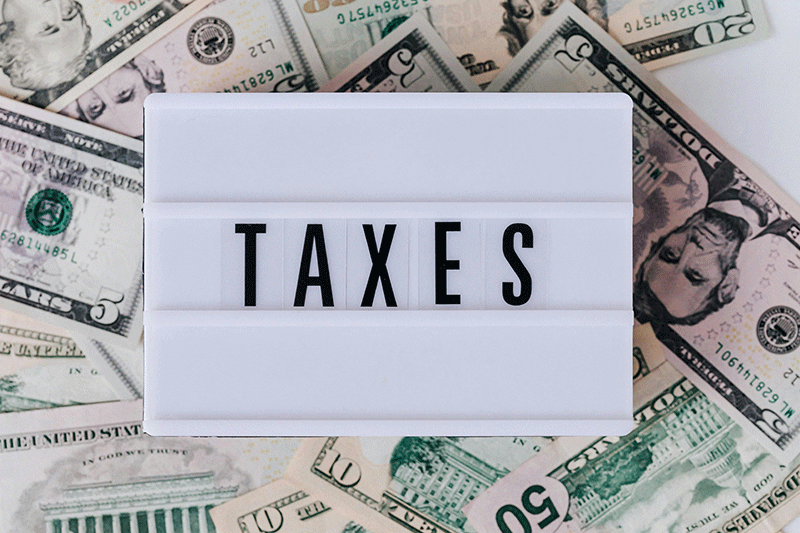
DoorDash drivers are classified as independent contractors, which brings a set of unique tax responsibilities. Unlike traditional employees, taxes are not automatically withheld from their earnings. This means that it’s up to the drivers themselves to manage their tax obligations.
Understanding Tax Obligations
As an independent contractor, a DoorDash driver is responsible for paying both Federal and State income taxes. This includes self-employment tax, which covers Social Security and Medicare taxes. Typically, these taxes are deducted from an employee’s paycheck, but independent contractors must pay these costs themselves.
Additionally, drivers should be aware that they will usually need to make estimated tax payments throughout the year. The Internal Revenue Service (IRS) requires this if you expect to owe at least $1,000 in taxes for the year.
Drivers pay taxes on their net income, which is total income minus any business-related expenses. This can include things like gas, vehicle maintenance, and even a portion of your cell phone bill if your phone is used for work.
Setting Aside Money for Taxes
Given that taxes are not automatically deducted from earnings, it’s crucial for DoorDash drivers to set money aside to cover their tax obligations. A common suggestion is to set aside 25-30% of earnings for taxes, although the specific amount will depend on the driver’s tax bracket and total income.
It’s also recommended that drivers track their earnings and expenses carefully. This not only helps in calculating how much to set aside for taxes but also ensures that drivers can claim all eligible tax deductions.
Utilizing Tax Deductions
As independent contractors, DoorDash drivers can take advantage of various tax deductions. These can significantly reduce the amount of taxable income, thus lowering the overall tax bill. Deductions can include business expenses such as mileage driven for deliveries, the cost of supplies like insulated bags, and even a portion of smartphone expenses if the phone is used primarily for work.
While DoorDash drivers are responsible for managing their own tax obligations, understanding how taxes work for independent contractors and utilizing available tax deductions can help make the process more manageable.
Health Insurance for DoorDash Drivers

Health insurance is a crucial consideration for DoorDash drivers. As independent contractors, they are not provided with health insurance benefits by DoorDash. Therefore, they must secure their own coverage to protect themselves against potential health-related costs.
The Importance of Health Insurance
Accidents or health issues can occur at any time, especially for DoorDash drivers who are constantly on the move. For instance, drivers could slip and fall while delivering an order in bad weather or navigating unfamiliar stairs. In such scenarios, having health insurance coverage can help cover the medical costs associated with these incidents.
Without health insurance, these unexpected medical expenses can lead to significant financial stress, making it an essential safeguard for gig workers like DoorDash drivers.
Choosing the Right Health Insurance
When selecting a health insurance policy, DoorDash drivers should consider factors such as monthly premiums, out-of-pocket costs, deductibles, and the extent of coverage provided. It’s also important to ensure the plan covers a wide range of healthcare services, from routine check-ups and preventative care to emergency treatment and hospitalization.
Given the nature of their work, obtaining health insurance is a critical step for DoorDash drivers in protecting themselves against unforeseen medical costs.
Equipment Costs for DoorDash Drivers
As a DoorDash driver, you are essentially running your own small business, and like any business, there are some initial investments and ongoing costs that you need to consider. These costs can range from necessary equipment to optional accessories that can enhance your delivery experience. Not to mention there are other things such as catering bags, Pizza bags, and other items that you buy for delivery.
Cellphones and Cellphone Plans
One of the most important tools for a DoorDash driver is a reliable smartphone. The DoorDash app, which is used to accept and manage deliveries, requires a stable internet connection and GPS functionality. Therefore, drivers need to ensure they have a good quality phone that can handle these demands.
In addition, a robust cellphone plan is a necessity. Unlimited or high data plans are recommended as the DoorDash app, along with GPS navigation apps, can consume a fair amount of data.
Shoes and Clothing
While there isn’t a specific dress code for DoorDash drivers, comfortable and professional attire is recommended. A good pair of shoes is particularly essential since drivers often need to walk to pick up and drop off deliveries. In inclement weather, waterproof or slip-resistant footwear could be a valuable investment.
Car Accessories
Various car accessories can help make deliveries more efficient and comfortable. A phone mount, for instance, is crucial for safe navigation. Insulated delivery bags can keep food at the right temperature, which can lead to better customer ratings.
Seat covers or floor mats can help keep your car clean, especially if you’re delivering food full-time. Additional accessories might include a car charger for your phone, a flashlight for night-time deliveries, and even a back support cushion for those long hours on the road.
While these costs might seem daunting, it’s important to remember that many of these expenses can be tax-deductible. By keeping careful track of these expenses, DoorDash drivers can offset some of these costs come tax time, reducing the overall financial burden.
Take-Home Pay for DoorDash Drivers

As a DoorDash driver, your gross earnings can be significantly reduced by various expenses, which include fuel, car maintenance, taxes, insurance, equipment costs, and car depreciation.
Accounting for Expenses
Fuel is one of the most immediate costs you’ll encounter. On average, you may need to set aside at least 26 cents per dollar earned to cover fuel costs. This value can fluctuate based on current gas prices and the fuel efficiency of your vehicle.
Regular car maintenance is another crucial expense. This includes routine services like oil changes and tire rotations, new tires, flats, brake pads, and unforeseen repairs. You need to set aside at least .50 Cents per dollar earned for Car Maintenance and Repairs. Don’t Forget about Traffic Tickets and Lawyers. One speeding ticket can set you back at least a week’s worth of pay in attorney fees, court costs, ticket fines, and more.
As an independent contractor, you’re responsible for handling your own taxes. It’s advisable to set aside at least 30% of your earnings to cover federal, state, and possibly local taxes. This comes out to .30 cents of every dollar earned.
Insurance costs also need to be factored in. If you’re using your vehicle for commercial purposes, your insurance rates might be higher than personal coverage.
Equipment costs, such as smartphones, data plans, and insulated delivery bags, are necessary investments for the job.
Car depreciation is a hidden expense that many drivers overlook. Each mile you drive for deliveries contributes to the wear and tear of your vehicle, reducing its value over time.
Minimum Order Value
To ensure profitability, it’s important to be selective about the orders you accept. As a benchmark, aim to earn at least $2.50 per mile driven for an order. While this might seem high, it accounts for all the associated costs and leaves room for profit.
Profitability of Orders
Despite this strategy, many orders on DoorDash may not be profitable. Factors like low base pay, long distances, and time spent waiting for orders can reduce the profitability of a delivery. In fact, a significant proportion of orders might result in little to no profit after all expenses are taken into account.
While delivering for DoorDash can provide a source of income, it’s crucial to understand the actual take-home pay after accounting for all expenses. Being strategic about the orders you accept and understanding your true cost per mile can help maximize profitability.
12 Tips On How To Make A Profit Driving For DoorDash
- Be Selective with Orders: Never start up your Car for Less than $5 dollars and aim for at least $2.50 per mile as a benchmark for accepting orders. This accounts for all associated costs and leaves room for profit.
- Never Sign Up For Pay by Hour: If you are driving your own vehicle and paying for your own fuel, you should never sign up for Pay by Hour. You will increase your fuel price and maintenance fees which will cost you more than what you are earning. Pay by hour works great if you are riding a bicycle or have an electric scooter.
- Work During Peak Times: Working during lunch and dinner rush hours can increase your chances of getting more orders and potentially higher tips. You will also see more low-paying orders. Always decline them. Remember you need to make at least $1.50 a mile. Anything less than that you will lose money.
- Choose Your Location Wisely: Try to position yourself near a cluster of restaurants to reduce wait times and increase the number of orders you can complete.
- Track Your Expenses: Keep a detailed record of all your expenses, including fuel, car maintenance, equipment costs, and taxes. This will help you understand your actual earnings and manage your finances better.
- Save for Taxes: As an independent contractor, you’re responsible for your own taxes. Set aside at least 30% of your earnings to avoid any surprises during tax season.
- Take Care of Your Vehicle: Regular maintenance can prevent costly repairs down the line. Remember, your car is your primary tool for this job.
- Provide Excellent Service: Good service can lead to higher customer ratings and potentially higher tips. Be polite, deliver orders on time, and ensure the food is handled with care.
- Utilize Promotions and Challenges: DoorDash often offers promotions and challenges that allow drivers to earn extra money. Take advantage of these whenever possible.
- Consider Multi-apping: Using more than one delivery app can help fill in gaps between orders and increase your overall earnings.
- Use an Efficient Route: Plan your route to minimize mileage and time spent on the road. This not only saves fuel but also reduces wear and tear on your vehicle.
- Purchase Commercial Auto Insurance: If you get in an accident and total your vehicle doordash insurance will not help you repair your car. Your personal auto insurance will also deny your claim because you were using your vehicle for commercial business.
Remember, even though these tips can help increase your profits, it’s still essential to consider all your costs to understand your true take-home pay.
Final Thoughts: How Much DoorDash Drivers Make
While driving for DoorDash might seem like an easy way to make money on the side, it’s important to consider the full picture. The reality is that the expenses associated with this type of work can significantly reduce your take-home pay.
Before deciding to become a DoorDash driver, it’s crucial to weigh the potential earnings against the costs. It might turn out that the flexibility and independence don’t quite make up for the low net pay and high expenses. The gig economy isn’t always as glamorous as it seems, and it’s essential to go in with eyes wide open. DoorDash is One of the Worst Gig Apps to make money.

